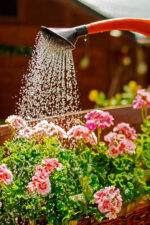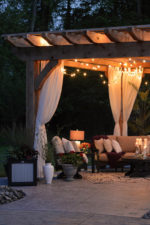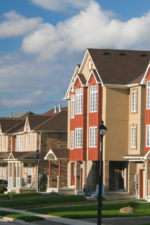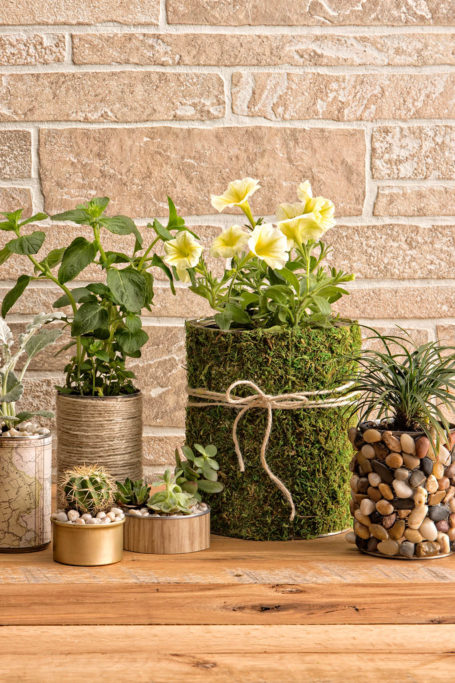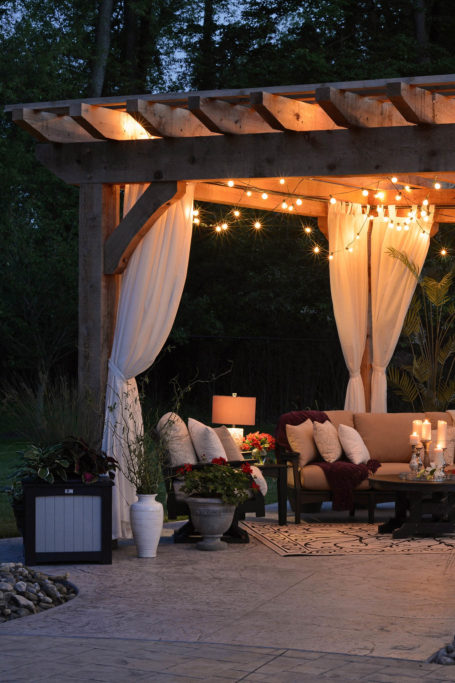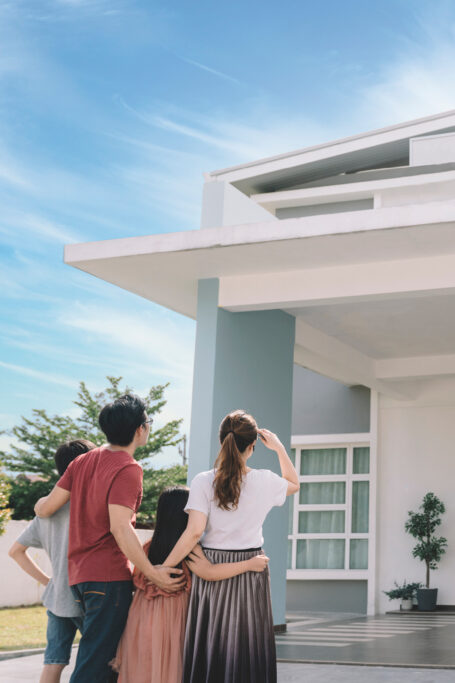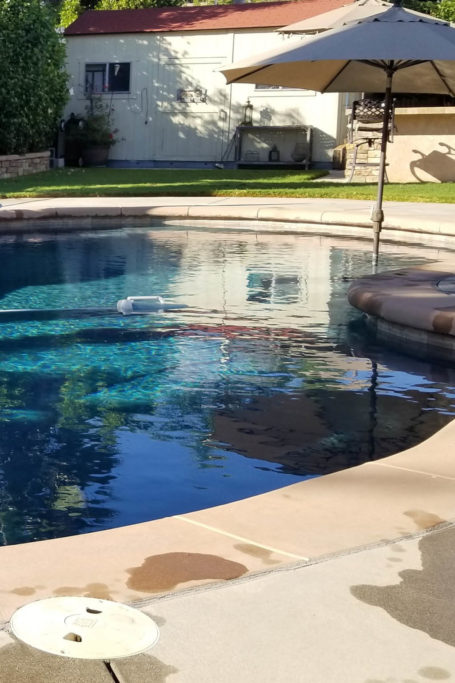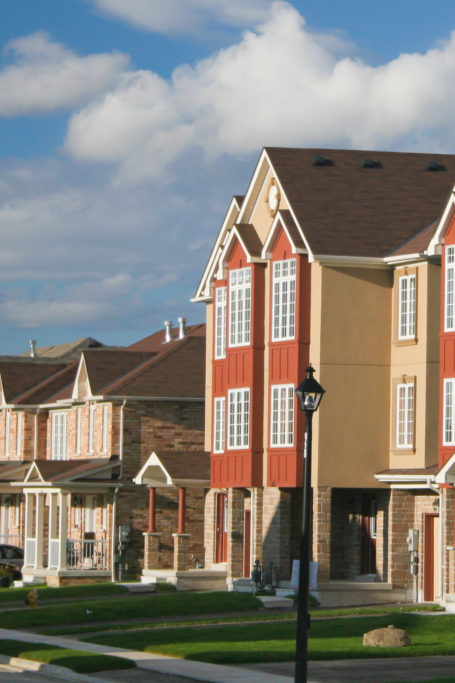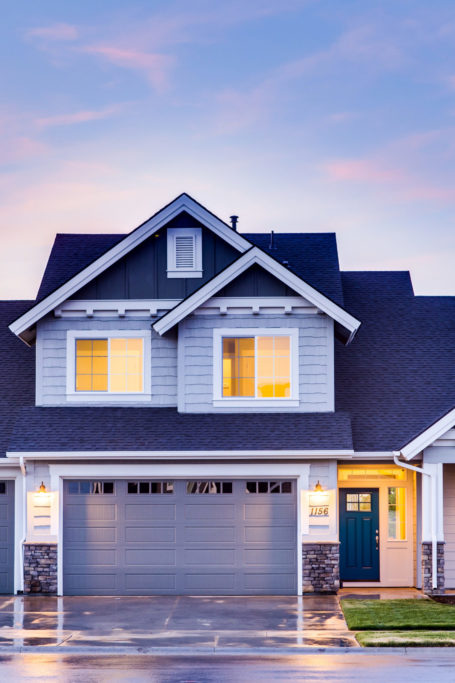Cool Upgrades for Your Home
Nothing beats a beautiful sunny day, but when the weather gets uncomfortably warm, you may crave a place to escape the heat.
Try these temperature-lowering fixes to make your home a cool oasis even when it’s unbearably warm outside.
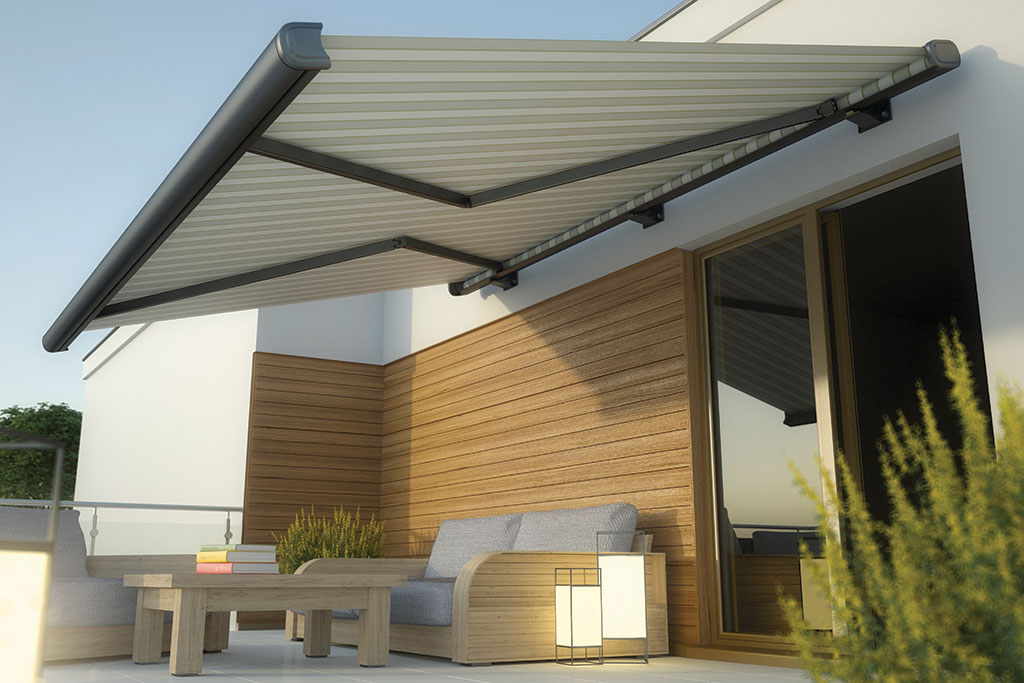
Plant some greenery
A few trees and shrubs—especially if planted strategically on your home’s east and west sides—can yield a refreshing canopy of shade, blocking the sun from shining on your roof and through your windows and overheating your home. Opt for deciduous trees that lose their leaves in fall so you can still enjoy the sun’s warmth in winter, and go with lower-growing shrubs like boxwood, holly, and yew and smaller trees like dogwoods or Japanese maples when planting close to your home to prevent roots from damaging its foundation. Consult with a nursery or landscaper to determine what’s best for your property.
Install awnings
Retractable awnings are a convenient way to create shade and lower your home’s temperature. Install them over your patio, deck, doors, or windows to keep out the sun; some can even be raised or lowered with the touch of a button. Consider waterproof or UV-resistant options, and choose ones in lighter colors since these will reflect more light for an even bigger cooling effect.
Protect windows
Heat gain through windows can account for a big part of your home’s energy use, but you can combat it by installing low-E glass that has an invisible coating to deflect UV rays. For a similar effect at a lower cost, you could also apply a heat-blocking film to your existing windows, which can provide additional privacy, protect your rugs and fabrics from fading, and be easily removed when the weather cools. Another option is to install honeycomb shades, which feature pleated fabric that can filter unwanted heat, or smart shades or blinds that block the sun’s rays by automatically opening, closing, and tilting.
Reduce your attic temperature
This space can get excessively hot—as high as 150 degrees in summer—so ensure it’s properly insulated with at least ten to fourteen inches of insulation between its floor joists. If you currently have less than this amount, add a layer of loose cellulose insulation or a blanket of unfaced fiberglass batts. You could also expel excess heat by installing an attic fan, either in your attic or on your roof. Consider hiring a professional for these tasks so you can be confident that they are done correctly.
Cool the air
If your central-air system is at least ten years old, buying a new one with a good Energy Star rating might save you 20 to 40 percent in energy costs. But if it’s relatively new, simply get it serviced before summer to help it run more efficiently. You could also put up a few ceiling fans to help cool your home and lower your energy bills. For best results, install one in every room that needs cooling and adjust them to spin counterclockwise to create pleasant downdrafts.
With these upgrades, you may find it easier and less expensive to reduce the temperature in your home. And, as a bonus, you may even be able to minimize your carbon footprint.



